|
(Some descriptions provided by Wikipedia and various New Mexico tourist guide websites) During a short visit to Española, New Mexico for the annual Fiber Arts Festival, we spent a Saturday devouring a glorious breakfast at Rancho de Chimayo Restaurant followed by a drive north on portions of the High Road to Taos. The road is described as “a scenic, winding road through the Sangre de Cristo Mountains between Santa Fe and Taos…that winds through high desert, mountains, forests, small farms, and tiny Spanish land grant villages and Pueblo Indian villages.” In these villages are a collection of community churches reflecting long histories and resilient community spirits. A December 1, 2022 article in New Mexico Magazine, “Keeping the Faith for New Mexico's Historic Churches” lists a 1980s statewide survey that identified nearly 700 historic churches, of all denominations, not including private chapels and the moradas of the Penitente Brotherhood. Most were built before Anglo settlement in New Mexico. The article describes the challenges of preserving structures made of mud, stone, and timber. It also states that “New Mexico’s historic churches represent a unique architectural tradition. A few good souls aim to save these cultural icons from the sins of neglect…these churches are certainly among New Mexico’s most important monuments,” (says Spanish colonial scholar Robin Farwell Gavin). First and foremost, they’re parish churches. But they’re also important artistic and architectural examples. The fact that they’re there and being preserved—and that the community comes together to do that—tells you something about them. They were the center of the community, whether it was a Hispanic town or a pueblo. A lot of life events revolved around them.” And so we ventured out to see what we could find. First we stopped at the Sanctuario de Chimayo and then south to State Road 503 where we meandered through several villages and then east on State Road 76 which is known as the “High Road to Taos - a Scenic Byway". Here are my sketches of some of these villages and churches. Chimayó’s Plaza del Cerro – this is described as one of the last surviving Spanish fortified plazas in the southwest. Believed to be built on sacred earth with miraculous healing powers, Santuario de Chimayó is probably the most visited church in New Mexico. It certainly was the day we visited. As we meandered south past the Santa Cruz Reservoir to State Road 503, we came across the village of Cundiyo and the Church of Santo Domingo. The village has an enchanting small scale and the Church has been a focus for many artists and photographers including Laura Gilpin’s famous photo from 1945 which is now in the collection of the Amon Carter Museum of American Art, Fort Worth, Texas. As we drove further through several valleys, we stopped to let the dogs out in Rio Chiquito a small village just before State Road 76. We later learned that the village was founded in 1699 by the King of Spain as a farming community. However their charming little church of Sagrado Corazon de Jesus y San Isidro del Rio Chiquito was the newest church (and the longest name) we encountered – one of the three signs at its entrance listed the date, 1955. The small structure had a holiday star on its modest steeple. As we walked around, one of the villagers stopped to ask if we were OK. Evidently, this little 20th century church doesn’t receive many out-of-town/state visitors. Continuing northeast on the winding State Road 76, we drove up the ridge to the colony of Truchas looking for the Mission of Holy Rosary (Nuestra Señora del Rosario Mission Church). We drove straight through the village before realizing we were about to venture onto an unimproved forest road. Turning back, we realized the church was just off the main road. According to a website, A High Desert Journey: High Road to Taos, “Truchas was established by a royal land grant in 1754 with settlers from Chimayó and Santa Cruz (near Española). It was built as a walled compound around a plaza to create a buffer between other Spanish settlements and the nomadic Apache and Comanche bands who often raided both Spanish villages and Indian pueblos…the settlers of Truchas hand-dug miles of acequias (irrigation ditches) to bring water from the trout-filled river that gave the town its name (Río de las Truchas means "river of trout"). Although today's residents still work their farms, many also commute to jobs in Santa Fe or Los Alamos. A few still make their living as traditional craftspeople alongside the many outstanding Anglo artists and galleries that have been drawn to Truchas and its magnificent mountain views.” The church was built around 1805 and was featured in the Robert Redford movie “The Milagro Beanfield War” based on the novel by John Nichols about water, politics, and culture in a small community in Northern New Mexico. Descending the Truchas ridge we arrived in Las Trampas. At the center of the village is the impressive San Jose de Gracia church. Still in use after nearly 250 years, the church and patio walls had received a recent coat of mud plaster with chopped straw. “The village was founded in 1751 by a royal land grant, entitled Santo Tomás Apostol del Río de las Trampas ("Saint Thomas, Apostle of the River of Traps"). Despite the heavy toll taken by a smallpox epidemic and raids by Plains Indians, the village survived and the settlers managed to build the magnificent San José de Gracia Church completed in 1776. The church is considered a model of the Spanish colonial church architecture found throughout New Mexico. It has lovely reredos painted by well-known santeros. The church is a National Historic Landmark, and the village is a National Historic District. The building across from the church with the little bell tower was the school.” We then headed back to Española through the Picuris Pueblo – undoubtedly skipping past many more of these remarkable historic villages and churches.
2 Comments
|
Archived storiesArchives
December 2024
Categories
All
Please subscribe!Enter your email address to receive Blog updates,
We love comments!Please send us a comment by clicking on the "Comments" at either the top or bottom of the Blog entry you want to provide comments. |
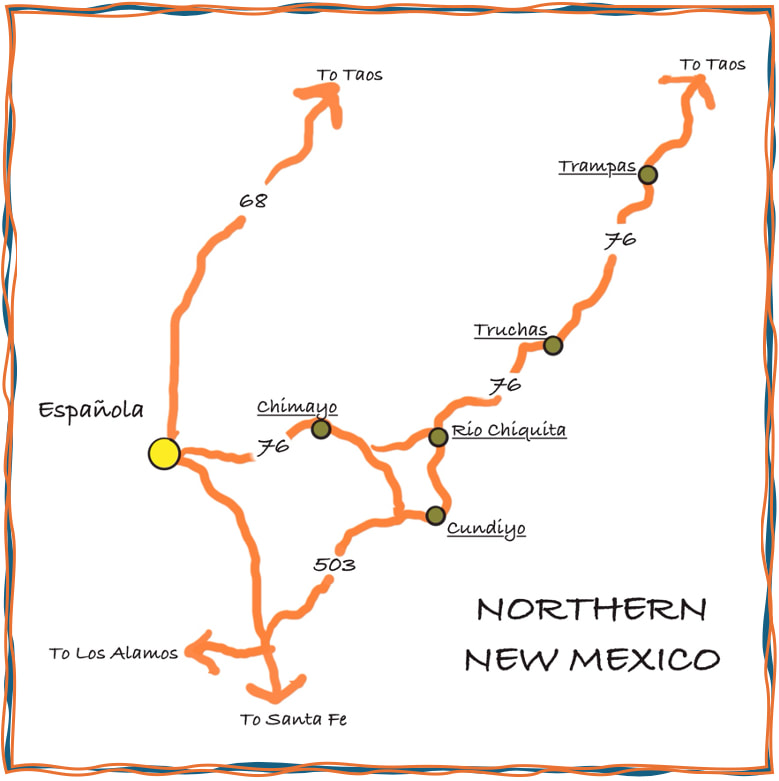
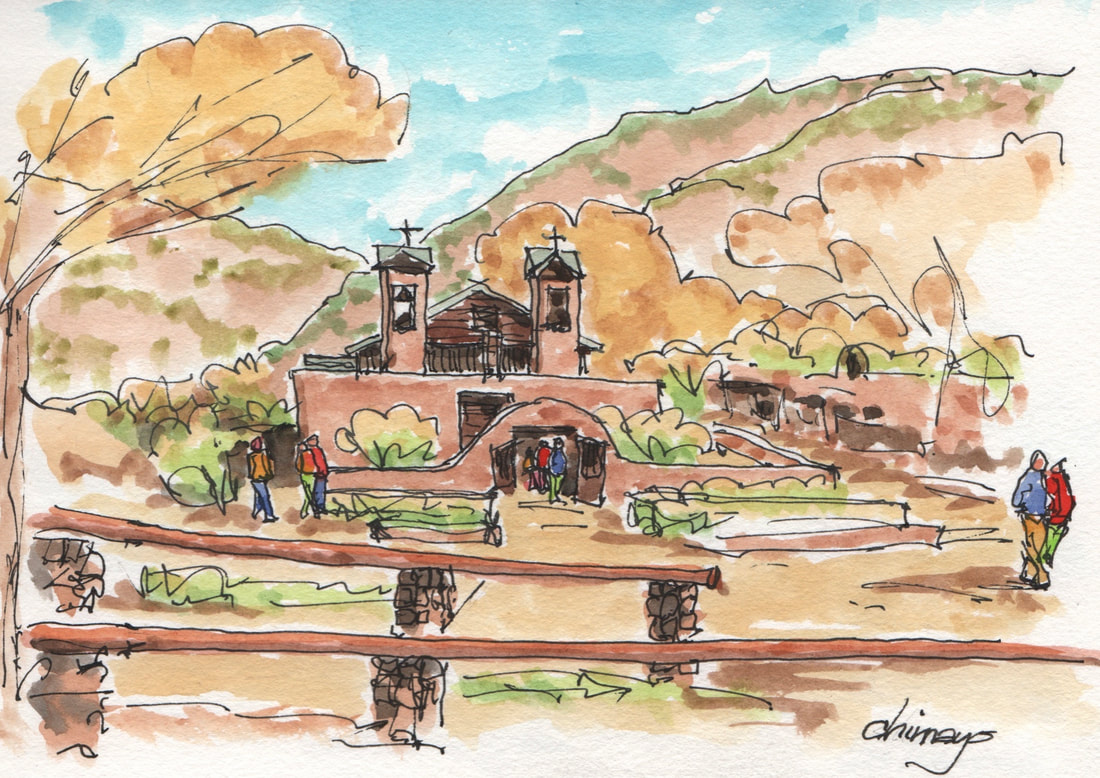
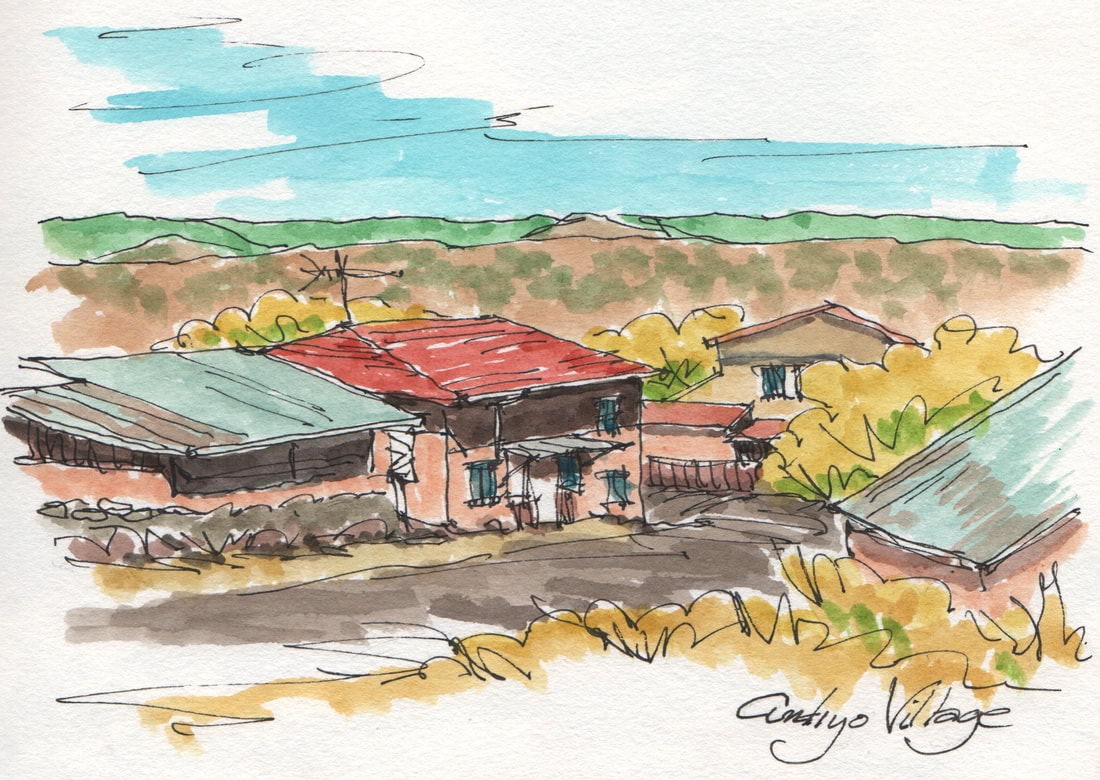
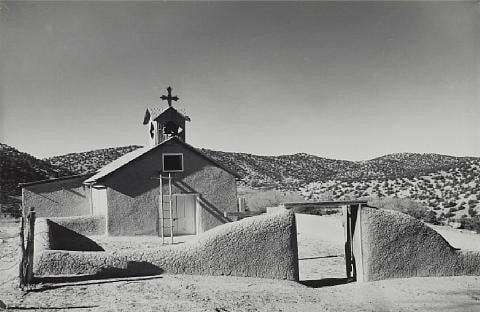
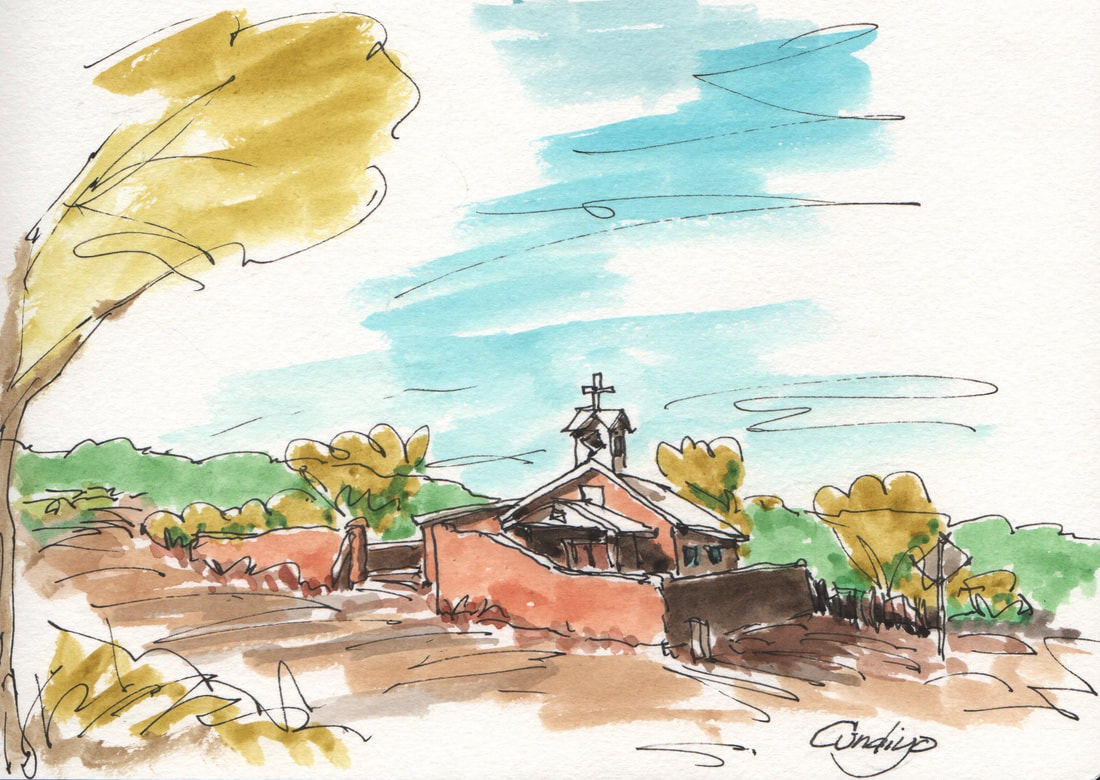
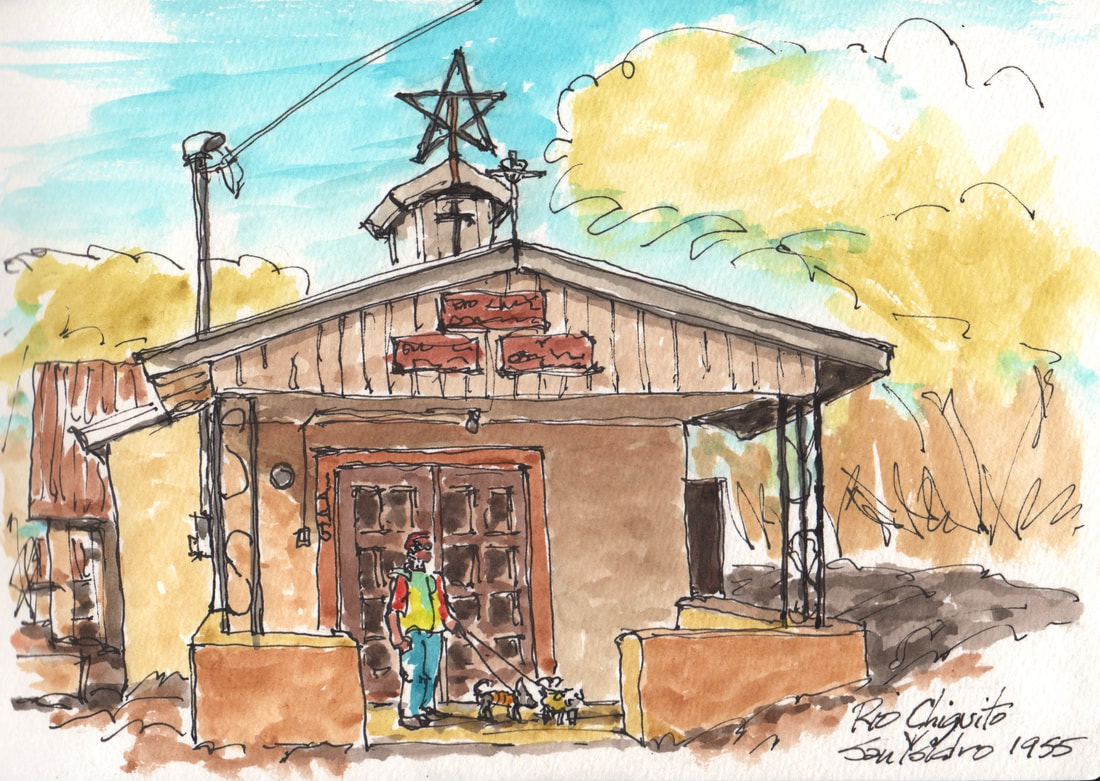
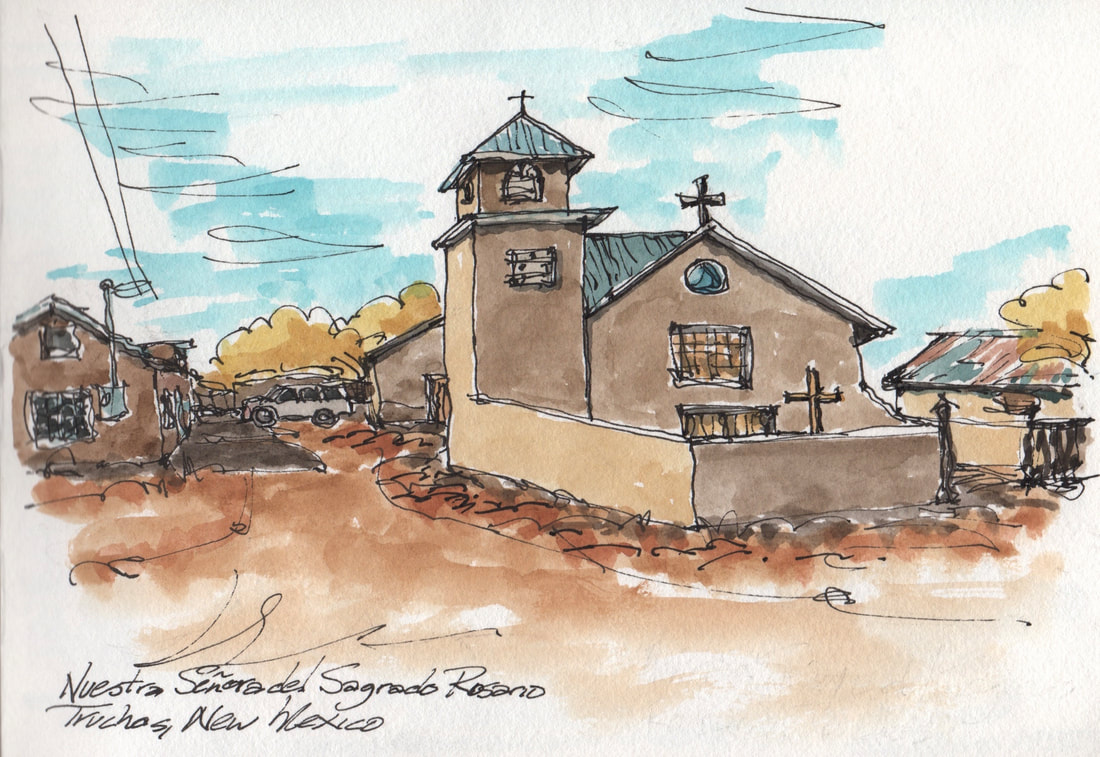
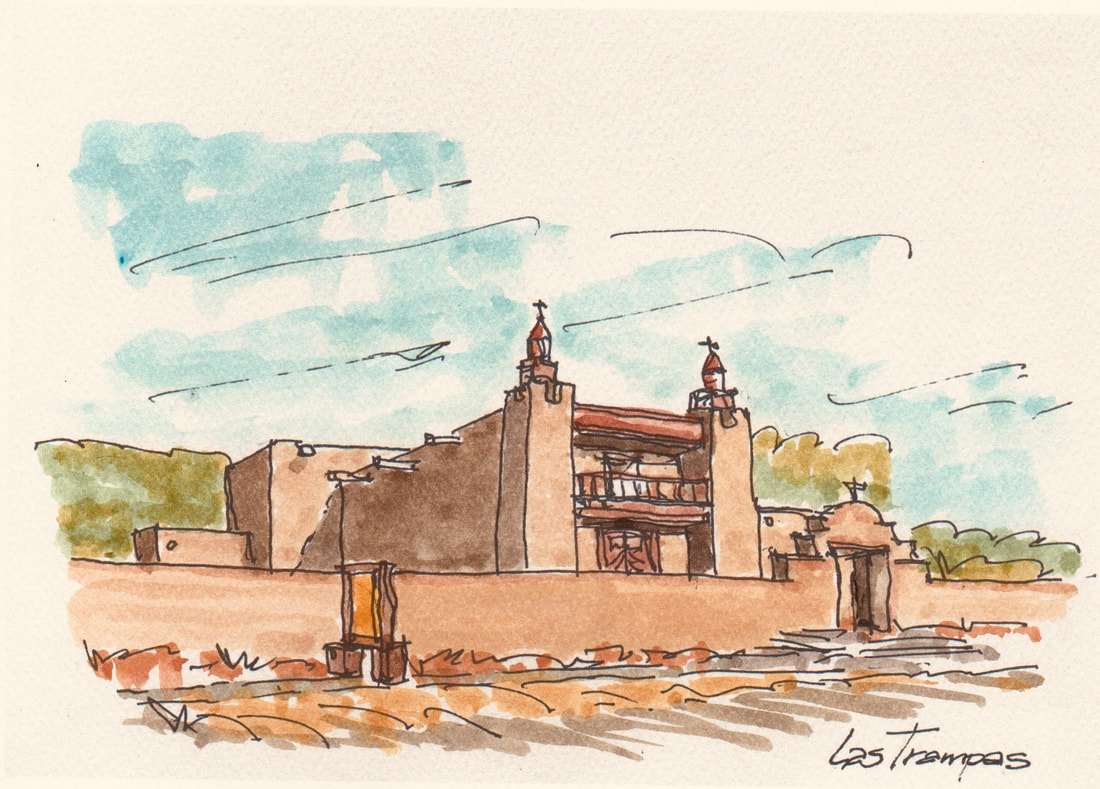

 RSS Feed
RSS Feed